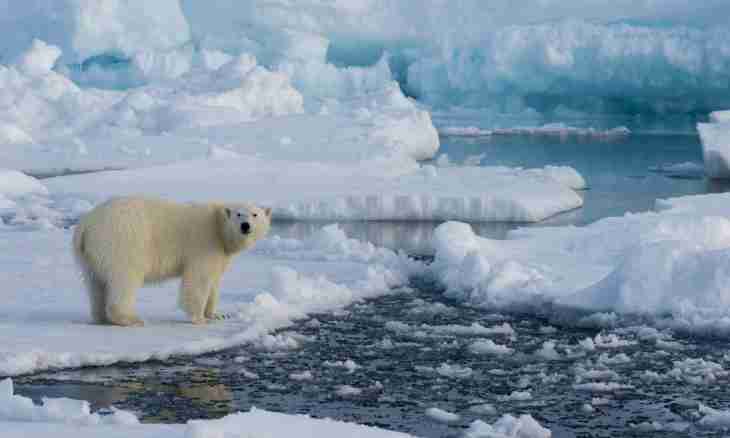The South geographical Pole of Earth is a point, opposite Northern - is located practically in the center of Antarctica which is the most southern, most are remote also the least studied continent. Despite extremely severe climatic conditions of the extreme South, here, as well as everywhere, there are inhabitants. The internal subpolar areas of Antarctica are almost lifeless. Almost all fauna is concentrated in seaside areas, free from ice, on the Arctic peninsula and also on the coast of islands and coastal ice floes.
Instruction
1. The fauna of the extreme South is absolutely unique. Perhaps, the most surprising inhabitants of Antarctic are penguins – not flying birds similar to the people dressed in dress coats. Here 7 views from 18 known, from the biggest - imperial and royal which growth reaches 160 and 100 cm respectively – to the smallest which sizes do not exceed 50 cm live. All penguins perfectly swim and dive. In water they are capable to gather speed about 25 km/h. Eat fish, mollusks, squids, a krill. 4 species of these birds nest on the continent and on Antarctic Peninsula. The most numerous is Adele's penguin.
2. In the Arctic there are about 50 species of the flying birds - albatrosses, skua gulls, petrels, cormorants, Dominican seagulls, the Arctic morwennols, white plovers, etc. Some of their part arrives to coast of Antarctica in the summer, but is also such which nest here and bring baby birds. All of them are fishers and live at the expense of the sea though some, for example, a skua gull, are also Egyptian vultures and deathbirds. An albatross - the biggest of the flying birds, and not only in Antarctic, but also around the world. The scope of his powerful wings reaches 3.5 m. In a week the albatross is capable to overcome about 8000 km. Not on the huge petrel which wingspan reaches 2 m lags behind him many. A big part of petrels has no so impressive sizes. The snow petrel who nests in continent depth at distance 300 and more than a km from the coastline is considered the most southern bird.
3. In Antarctic there are no four-footed inhabitants. It is the territory of Pinnipedia and cetacea. The first are presented by several species of seals. Their largest representative is the southern sea elephant which length of a body reaches 6.5 m, and weight up to 3.5 t. Unfortunately, the number of these animals was strongly reduced because of ruthless destruction, now it is possible to meet them only on the coast of the Antarctic islands. Some types - for example, Ueddell's seal, Ross's seal, the southern seal – live here constantly. Others migrate, preferring to wait winter in warmer waters. The majority of types eat fish, Crustacea, mollusks. But there are also exceptions. A sea leopard – a large seal which weight reaches 500 kg - the predator in a huge number exterminating penguins. Cases of attack of a sea leopard on people are known. One of them ended with death of the person.
4. Cetacea coast of Antarctica have falcated ducks, cachalots, blue and humpbacked whales. A blue whale – the largest animal of the planet. Length of his body reaches 30 m. Migrates. The winter period of cold carries out at the Australian latitudes.
5. One more inhabitant of the Antarctic waters – ice fish – the only belokrovny vertebrate on the earth. Here also the Antarctic marbled perch – a kind of a cod which interesting feature is the ability to fall into hibernation lives. In general, at coast of Antarctica many different types of the fishes who adapted to life in ice water live.
6. Characteristic representatives of marine fauna of the extreme South are the Antarctic octopus, the Arctic starfish, Crustacea, jellyfishes, some types of sponges, the Arctic krill, a single madreporovy coral, a colonial krylozhabernik, a huge mnogoshchetinkovy worm etc.
7. In the territory of continental Antarctica there are superficial lakes. In the winter they freeze through almost to the bottom, and in the summer their coast have a thin strip of the thawing ices. In lakes, microorganisms and invertebrate, similar on larvae of insects – a kolovratka and a tikhokhodka are found.
8. Mosses and lichens of a suburban strip of Antarctica sheltered insects - it is a tick, a wingless mosquito, Belzhik's front sight. On islands, bugs, spiders, wingless butterflies live.

